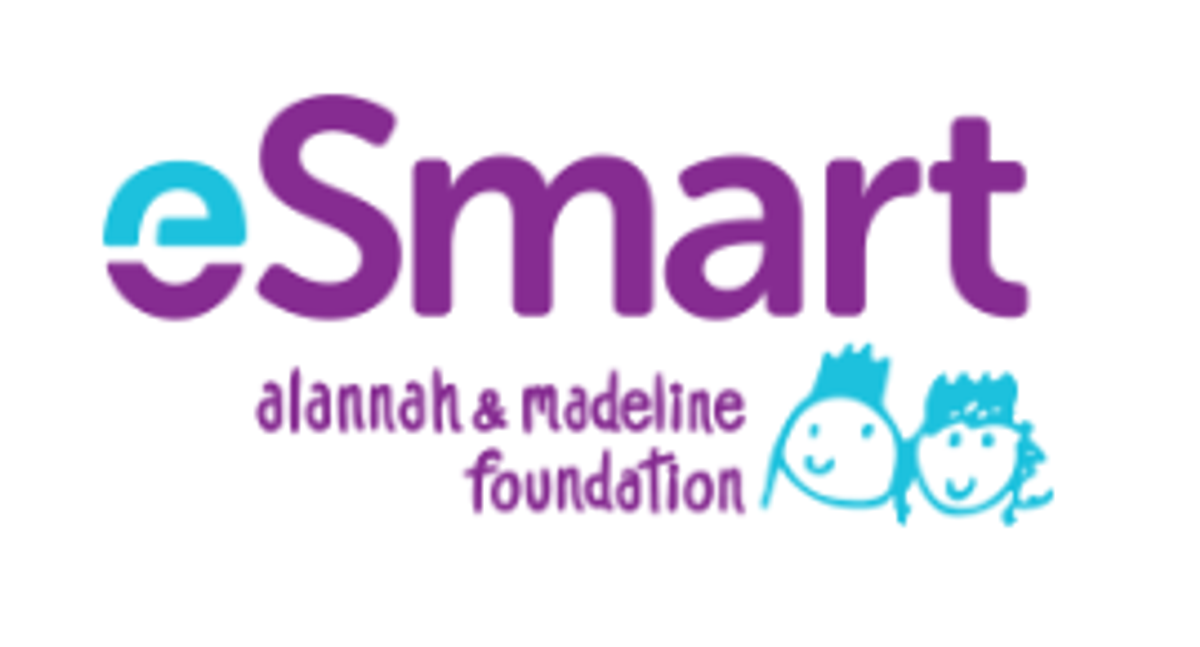eSmart and School Parent Resources

SchoolTV
Because parenting doesn’t come with instructions, SchoolTV is a wellbeing resource that can support you in the challenges relating to modern-day parenting.
This award-winning resource helps build relationships, foster connections, enable understanding and break down barriers to navigate a pathway towards better mental health and wellbeing for young people. It can assist in starting conversations on topics that are sometimes awkward or difficult to tackle.
St Laurence O'Toole Primary School subscribes to SchoolTV and anybody can access their invaluable resources via our website at www.stlleongatha.catholic.edu.au
________________________________________________________________________________
Shining a light on the dark forces manipulating our teenagers
An extract from eSaftey Commissioner Julie Inman Grant. For full article go to their website.
'From the dark forces social media platforms employ to keep kids connected and endlessly scrolling to influencers who seek to capitalise on these opaque algorithms to persuade and sometimes manipulate young minds, it’s clear this is not a fair fight.
Our research has unearthed the need for positive male role models to disrupt the tide of harmful influencers and narratives being forced on them.
This form of digital conditioning may start with an initial interest in fitness or gaming, which then kicks off a destructive algorithmic amplification of the more extreme, controversial or emotionally charged content. Influencers profit when outrage and sensationalism brings them more views, reinforcing the vicious monetisation cycle built into these highly lucrative systems.
The ultimate cost is, of course, borne by individuals and society – both the young men struggling to form their identities and the young women who, in turn, experience the real-world consequences of misogynistic attitudes and actions sown by these darker online forces.
Beneath the surface, girls are being targeted by algorithmic manipulation at the hands of social media platforms, drawing them into harmful spirals of toxic beauty ideals, disordered eating and suicidal ideation. The recent media coverage of the concerning proliferation of hashtag #SkinnyTok, which exposes girls and young women to unhealthy weight loss and body shaming content, is a prime example.
The “algorithm effect” keeps kids endlessly scrolling, and is quietly shaping what they see, believe, and even who they think they should be.
It’s time to retune algorithms for wellbeing, not watch time. Children’s adolescence is far too important to leave in the hands of machines optimised purely for engagement. That’s why we’re urging tech companies to embed Safety by Design into their algorithmic recommender systems and through every stage of the AI development lifecycle, consistent with the Australian Government’s Basic Online Safety Expectations.
eSafety is currently gearing up to implement social media minimum age legislation which will require certain social media platforms to take reasonable steps to prevent young people having accounts until age 16. This “delay” will give us vital time to protect the health and wellbeing of Australian teens, building their resilience and equipping them with the digital literacy and critical reasoning skills they require to engage online safely. That also includes empowering and enabling parents to better engage in their children’s online lives.
We’re also tackling the rapid evolution of generative AI and the challenges it poses to child safety, including the proliferation of nudifying apps and powerful image generators that create damaging deepfake image-based abuse with a photo and a prompt. These tools are accelerating and developing at breakneck speed, but with very few guardrails.
Thankfully, mandatory standards with obligations for high-risk AI apps, and the platforms that host them, will come into full force in June this year.
Ultimately, the targeting of young people based on emotional vulnerability, whether by humans or machines, must stop. Transparency, accountability, and robust child protections need to be integrated into the digital environment by default, not as an afterthought.
Nor should the burden continue to fall upon parents who may feel powerless to compete against opaque algorithms that are shaping their children’s identities and attitudes.
eSafety is hosting free webinars in May and July, exploring the online experiences of boys and young men. These presentations will share practical strategies to build critical thinking, challenge harmful narratives, and create open conversations that empower boys and young men to navigate the online world safely and respectfully. Register for these webinars on the esafety website.
For online safety resources, visit eSafety.gov.au

